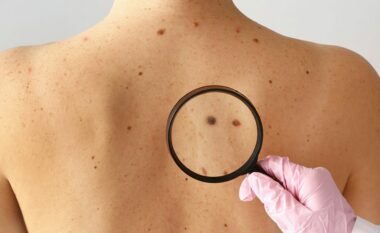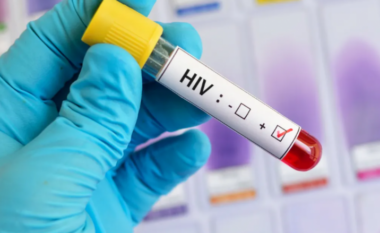What is Diabetes : Symptoms , Signs , Treatment , and Lifestyle Management
Diabetes is a chronic metabolic disorder that affects millions of people worldwide. It occurs when the body’s ability to produce or respond to insulin, a hormone responsible for regulating blood sugar levels, is impaired.

This leads to elevated blood glucose levels, which can have long-term health consequences. In this article, we will delve into the intricacies of diabetes, including its types, symptoms, methods of diagnosis, and various treatment options available to manage this condition effectively.
- Diabetes Types: Diabetes can be categorized into three main types: type 1 diabetes, type 2 diabetes, and gestational diabetes.
a) Type 1 Diabetes: Type 1 diabetes is an autoimmune condition where the immune system mistakenly attacks and destroys the insulin-producing cells in the pancreas. This type of diabetes typically develops in childhood or adolescence and requires lifelong insulin therapy.
b) Type 2 Diabetes: Type 2 diabetes occurs when the body becomes resistant to the effects of insulin or doesn’t produce enough insulin to maintain normal blood sugar levels. It is often associated with lifestyle factors such as obesity, sedentary lifestyle, and poor diet choices. Type 2 diabetes can be managed through a combination of lifestyle modifications, oral medications, and, in some cases, insulin therapy.
c) Gestational Diabetes: Gestational diabetes affects pregnant women, usually during the second or third trimester. It is characterized by high blood sugar levels that can pose risks to both the mother and the baby. Gestational diabetes can often be managed through dietary changes and regular monitoring of blood glucose levels.
- Common Symptoms: The symptoms of diabetes can vary depending on the type and severity of the condition. However, some common signs and symptoms include:
a) Frequent urination b) Excessive thirst c) Unexplained weight loss d) Fatigue or weakness e) Blurred vision f) Slow healing of wounds g) Tingling or numbness in the hands or feet
- Diagnosis and Monitoring: Diagnosing diabetes involves blood tests that measure fasting blood glucose levels, oral glucose tolerance tests, and glycated hemoglobin (HbA1c) tests. These tests help determine the presence and severity of diabetes. For individuals diagnosed with diabetes, regular monitoring of blood glucose levels is essential to maintain optimal control and prevent complications.
- Treatment Options: The treatment of diabetes aims to keep blood sugar levels within a target range and prevent complications. The treatment approach varies depending on the type of diabetes:
a) Type 1 Diabetes Treatment: People with type 1 diabetes require insulin therapy, either through multiple daily injections or an insulin pump. They also need to adopt healthy lifestyle habits, including a balanced diet, regular physical activity, and monitoring blood sugar levels.
b) Type 2 Diabetes Treatment: Type 2 diabetes treatment involves lifestyle modifications, such as a healthy diet, regular exercise, weight management, and monitoring blood sugar levels. In some cases, oral medications or injectable medications that stimulate insulin production or increase insulin sensitivity may be prescribed.
c) Gestational Diabetes Treatment: Gestational diabetes can often be managed through dietary changes, regular physical activity, and monitoring blood sugar levels. In some cases, insulin therapy may be necessary to maintain blood sugar control.
- Lifestyle Management: In addition to medical treatment, lifestyle management plays a vital role in diabetes care. This includes adopting a balanced and nutritious diet, engaging in regular physical activity, maintaining a healthy weight, monitoring blood sugar levels, managing stress, and getting regular check-ups with healthcare professionals.
Conclusion: Diabetes is a chronic condition that requires lifelong management. By understanding the different types, recognizing the symptoms, and adopting appropriate treatment strategies, individuals with diabetes can lead healthy and fulfilling lives. With a combination of medical interventions, lifestyle modifications, and ongoing support, it is possible to effectively manage blood sugar levels and reduce the risk of complications associated with diabetes. /albeu.com
diabetes symptoms signs treatment















